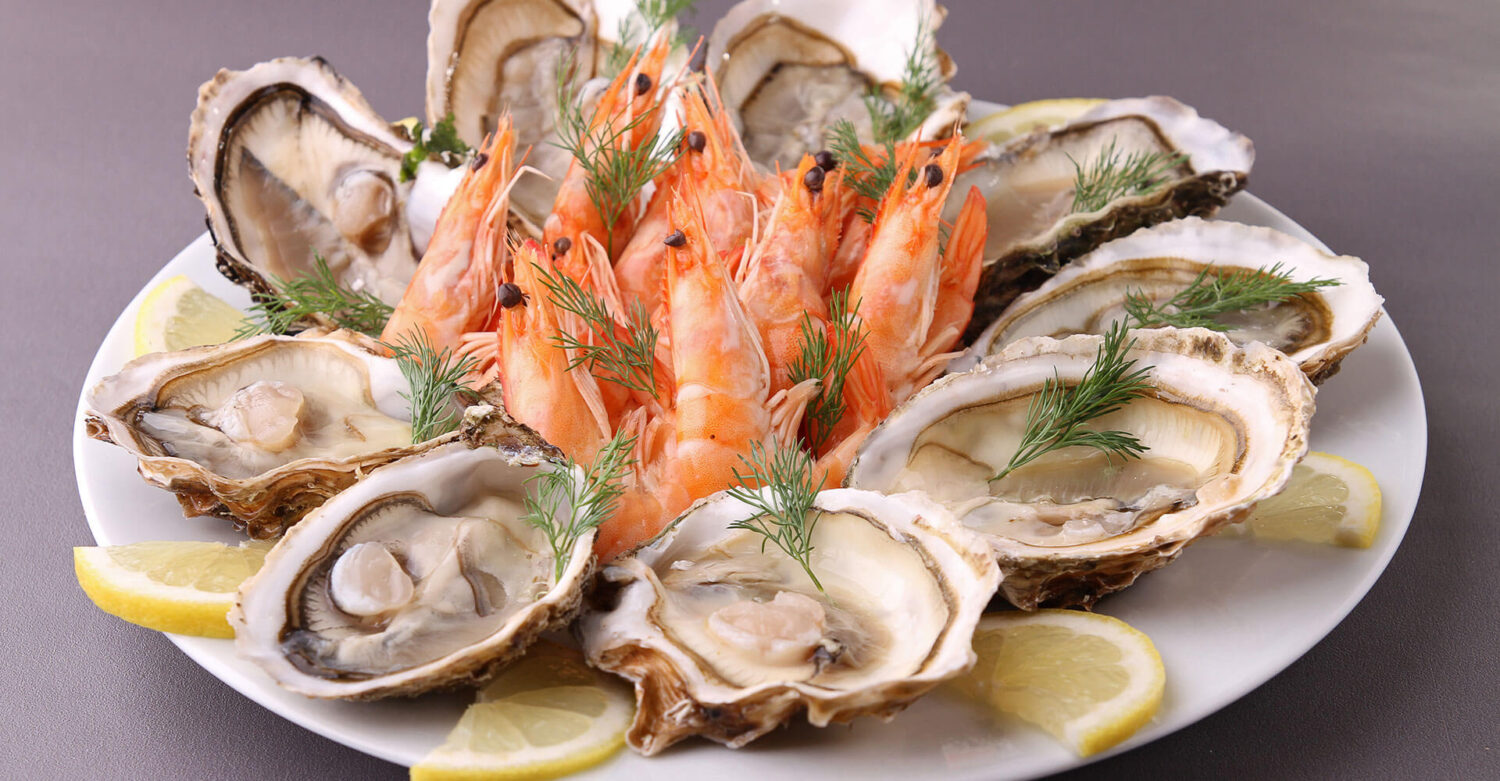Sustainable dining is no longer optional — it's integral to success in today’s restaurant industry. From reducing food waste to sourcing ethical ingredients, there are many ways restaurants can improve their environmental impact while maintaining profitability.
One immediate step involves upgrading back-of-house sanitation. Tools like a heated soak tank can efficiently clean heavily soiled kitchen equipment without wasting labor or excessive chemicals, making it a foundational component of green restaurant practices.
Operational Sustainability in Restaurants
Restaurants generate a significant amount of waste, but that can be minimized. How can restaurants be more sustainable? A restaurant waste audit is a smart starting point. It helps operators identify inefficiencies in food usage and disposal. Based on the results, teams can adopt zero waste practices, such as composting and partnering with food donation programs. Reducing food waste also improves inventory management and lowers costs.
Energy consumption is another area where operational changes can drive impact. Installing energy-saving kitchen equipment, such as ENERGY STAR-rated appliances, helps cut down on power usage. For example, induction cooktops use less energy than traditional burners and generate less heat, making kitchens more comfortable and efficient.
Water conservation also plays a role in restaurant sustainability. Upgrading to water-saving fixtures like low-flow faucets and pre-rinse spray valves can significantly reduce daily consumption. These changes don't require major overhauls — just intentional, equipment-based decisions.
Eco-Friendly Restaurant Supplies and Equipment
Choosing eco friendly restaurant supplies is a simple way to shrink your kitchen's environmental footprint. Biodegradable packaging options made from cornstarch, bamboo, or recycled paperboard reduce plastic usage and support a greener brand image.
Reducing food waste goes beyond composting. A sustainable restaurant can implement portion control systems, prep tracking, and even technology to monitor inventory levels. Donation of excess food to local food banks — when regulations allow — is another smart way to reduce waste without hurting margins.
Conducting a restaurant waste audit regularly reveals high-impact areas, from overstocked ingredients to improperly stored perishables. Combining this approach with tools like the tiger carbon remover powder, which extends the life of cookware by keeping it clean and carbon-free, restaurants can cut replacement costs while reducing landfill waste.
Energy and Water Conservation Techniques
Improving energy efficiency in restaurants begins with thoughtful design. Layouts that maximize natural light, use insulated equipment, and rely on energy-efficient lighting can cut energy bills dramatically. Cooking equipment upgrades — such as high-efficiency ovens or programmable thermostats — also add up over time.
Water conservation is often overlooked but critical. Incorporating water-saving fixtures for restaurants like motion-sensor sinks or aerated spray valves not only saves water but also reduces utility costs. Encouraging staff to follow simple procedures like thawing food in the fridge rather than under running water can also make a difference.
Products such as the environmentally friendly Tiger Carbon Remover Powder reduce the need for heavy scrubbing and rinsing, while lasting for a month of usage at a time, which in turn cuts water use. It’s another reason why a soak tank belongs in any strategy centered on environmentally friendly restaurant practices.
Engaging with the Community and Ethical Sourcing
Building relationships with local organic suppliers benefits the environment and the bottom line. Shorter transportation routes lower carbon emissions, and seasonal ingredients are often fresher and more cost-effective. Programs like community-supported agriculture (CSA) let restaurants secure a regular supply of sustainable ingredients while supporting nearby farms.
Ethical sourcing means buying from producers who treat workers fairly, use humane practices, and minimize environmental harm. Certifications like Fair Trade, Rainforest Alliance, and Marine Stewardship Council offer guidance for making better purchasing choices.
These approaches aren’t just good for the planet — they resonate with guests. Consumers are increasingly prioritizing transparency in food sourcing and are more likely to support businesses that align with their values.
Innovative Practices for Sustainability
Sustainability efforts don’t stop with food and sustainable packaging. Many restaurants are turning to green building design for restaurants, using materials like reclaimed wood, LED lighting and energy-efficient HVAC systems. Some even pursue LEED certification to demonstrate their commitment.
Trends like plant-based menus and sustainable seafood sourcing are also on the rise. These offerings cater to environmentally conscious diners and often reduce environmental impact compared to meat-heavy menus.
Forward-thinking operators are also exploring circular economy models, in which food scraps become compost that feeds local farms, completing a full sustainability loop. These efforts reflect a deeper commitment to long-term impact rather than quick fixes.
By integrating tools like the heated soak tank and making targeted operational changes, restaurants can embrace sustainable practices without sacrificing quality or profitability. From investing in green restaurant equipment to embracing community-driven sourcing, every step contributes to a greener, smarter business model.
